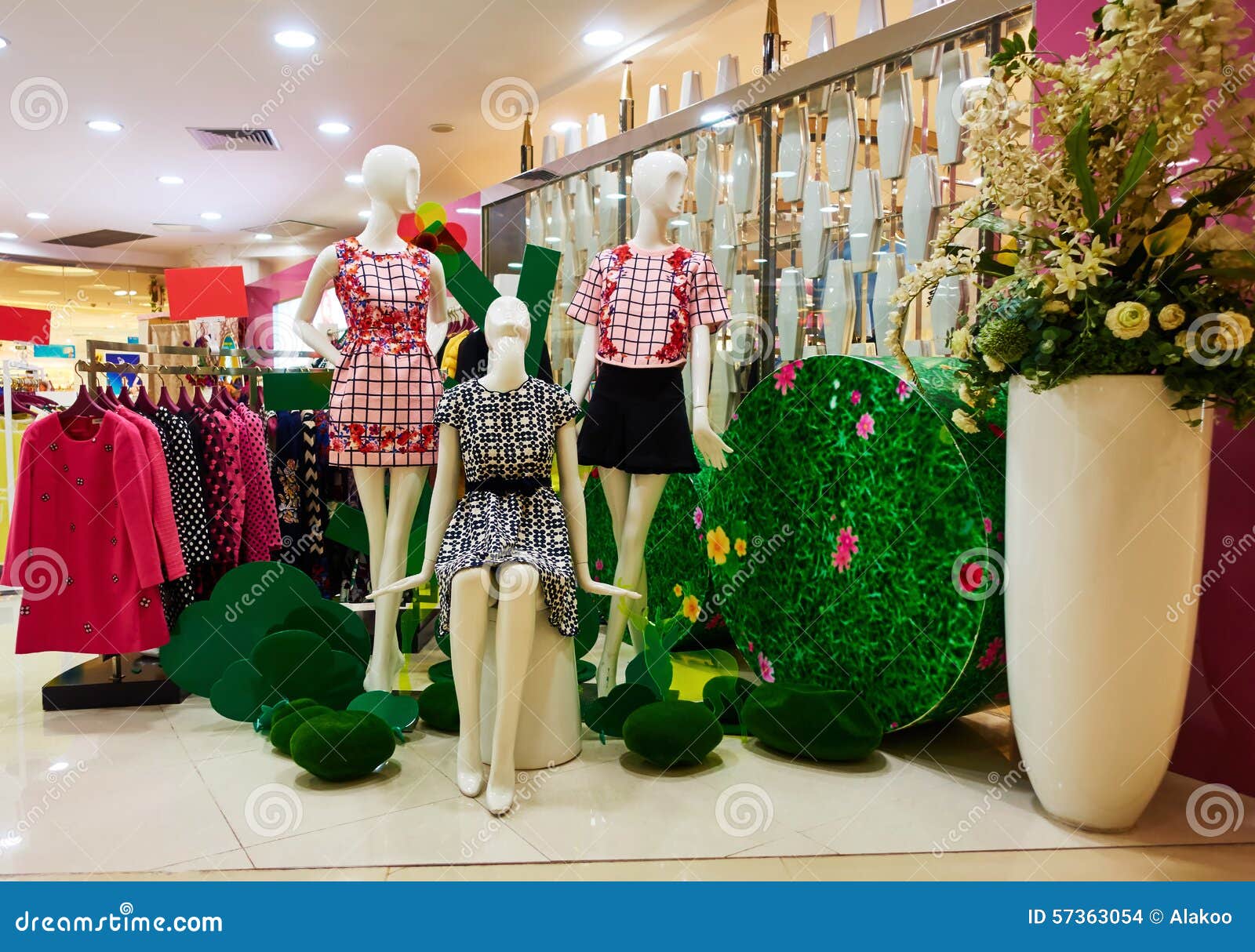How to Style Your Outfits with Boutique Fashion Finds
How to Style Your Outfits with Boutique Fashion Finds
Blog Article
Lasting Fashion: Just How Eco-Friendly Clothes Is Forming the Future of Design
As the garment industry deals with boosting scrutiny over its ecological influence, the surge of sustainable style offers a promising alternative that lines up style with eco-friendly responsibility. Employing ingenious materials such as plant-based materials and recycled fibers, together with sophisticated techniques like digital and 3D printing, designers are redefining what it implies to be trendy in the contemporary age. Simultaneously, the growing appeal of upcycling and thrift culture is promoting a shift towards a round economy. Yet, how does this movement truly affect the future trajectory of fashion, and what difficulties lie ahead in its prevalent fostering?
Ingenious Sustainable Products
As the fashion sector grapples with its environmental effect, cutting-edge sustainable products have actually arised as a vital remedy for reducing ecological impacts. These products not only decrease dependence on fossil fuels yet also lessen harmful pesticide usage and water intake.
In enhancement to plant-based products, improvements in biofabrication have actually resulted in the development of lab-grown textiles. Mycelium leather, originated from mushroom roots, offers a functional and biodegradable alternative to animal natural leather. Its manufacturing leads to significantly reduced carbon exhausts and water usage, making it a much more lasting choice for fashion designers seeking to align with environmentally friendly methods.
Recycled materials are also gaining grip, with polyester made from recycled plastic containers standing for a considerable development. This advancement not just diverts plastic waste from landfills and seas however additionally lowers energy usage compared to generating virgin polyester. With each other, these products underscore the potential for a more lasting apparel industry, leading the way for environmentally conscious design and production.
Eco-Conscious Production
Building on the advancements in lasting materials, the style market is also re-evaluating its manufacturing processes to further reduce environmental effect. Trick approaches consist of lessening water intake, reducing carbon exhausts, and getting rid of dangerous chemicals. By taking on closed-loop systems, manufacturers intend to reuse water and power successfully, substantially lessening waste. The assimilation of eco-friendly energy sources, such as solar and wind power, into manufacturing facilities even more reduces reliance on fossil gas.
Another crucial element is the reduction of harmful chemicals traditionally utilized in dyeing and finishing fabrics. Eco-conscious suppliers are changing in the direction of plant-based dyes and waterless dyeing innovations, which not only protect neighborhood environments yet also enhance worker security. Advancements like electronic printing lower textile waste and power intake, supplying a cleaner choice to traditional methods.
Additionally, transparency and traceability have become extremely important. With the advancement of blockchain technology, companies can currently offer in-depth insights right into their supply chains, guaranteeing ethical and eco-friendly methods at each action. This transparency constructs consumer depend on and motivates brand names to keep high sustainability requirements. As the demand for eco-conscious products expands, suppliers are compelled to introduce, ensuring that the future of fashion is both sustainable and fashionable.
The Increase of Upcycling
Upcycling, a transformative practice in lasting style, entails creatively repurposing discarded products into new, premium products. This cutting-edge method not just decreases waste however also lessens the demand for basic materials, thus reducing the ecological effect of garments manufacturing. By rebuilding and reimagining existing items, designers and style brands have the ability to instill originality right into their collections while advertising environmental duty.

Moreover, the upcycling activity has actually equipped little companies and independent designers, who commonly lead in innovation due to their dexterity and imagination. By utilizing on the bountiful schedule of unused products, these entities add to a circular economy, demonstrating that style can be both lasting why not try these out and trendy. Via upcycling, the market takes significant strides in the direction of a much more responsible and aware future.
Thrift Society's Impact
The expanding thrift culture significantly improves the landscape of sustainable fashion, stressing the value of mindful intake. This cultural change encourages consumers to accept pre-owned apparel, thus lowering the demand for brand-new garment production and minimizing ecological influence. Thrift purchasing not only extends the lifecycle of apparel but additionally reduces the carbon impact associated with manufacturing, carrying, and getting rid of garments.
A key element of second hand culture is its democratization of style. By offering a large selection of styles from various ages at affordable costs, thrift stores make style accessible to a wider target market. This access fosters a sense of individuality and imagination, as customers mix and suit one-of-a-kind pieces to curate customized closets without adding to the fast fashion cycle.
Additionally, second hand society promotes circularity in vogue, lining up with the concepts of a round economic situation. By recirculating garments, the cycle of waste is interrupted, and sources are preserved. This technique supports a change from a linear "take-make-dispose" design to an extra lasting structure. As more designers and customers embrace thrift culture, the fashion business is obliged to adapt, integrating sustainable methods to satisfy the growing need for eco-conscious options.

Future Trends in vogue
Fashion's evolution is significantly shaped by sustainability-driven initiatives and technical advancements. One prominent trend is the rise of electronic fashion, where virtual garments can be used in increased reality environments, substantially lowering material waste.
Moreover, the integration of blockchain innovation supplies brand-new opportunities in transparency and traceability, permitting consumers to confirm the sustainability qualifications of their clothes. boutique fashion. This makes certain liability in supply chains and promotes ethical sourcing practices. 3D printing is yet one more technology that guarantees to revolutionize making processes by making it possible for on-demand production, consequently minimizing excess stock and waste
In addition, the growth of bio-fabricated products, such as lab-grown natural leather and plant-based textiles, provides lasting choices to standard materials. These developments lower reliance on animal products and resource-intensive plants. As these modern technologies grow, they are positioned to change the style landscape, combining style with sustainability. The future of fashion, for that reason, depends on a seamless mix of technology, development, and environmental duty.
Final Thought
The improvement of the fashion sector through sustainable methods indicates try this site an essential shift towards ecological responsibility. This development not only straightens fashion with environmental sustainability yet also establishes a precedent for future patterns concentrated on duty and innovation.
As the fashion sector faces raising scrutiny over its environmental influence, the rise of sustainable fashion offers an appealing alternative that straightens style with eco-friendly obligation.As the style industry grapples with its ecological influence, cutting-edge sustainable products have emerged as a vital remedy for decreasing ecological impacts. With each other, these materials underscore the possibility for a much more sustainable fashion market, paving the means for environmentally mindful design and manufacturing.
Building on the innovations in lasting materials, the style market is also re-evaluating its production procedures to additionally minimize ecological influence. boutique fashion.Upcycling, a transformative method in sustainable fashion, involves artistically repurposing disposed of materials into new, high-quality products
Report this page